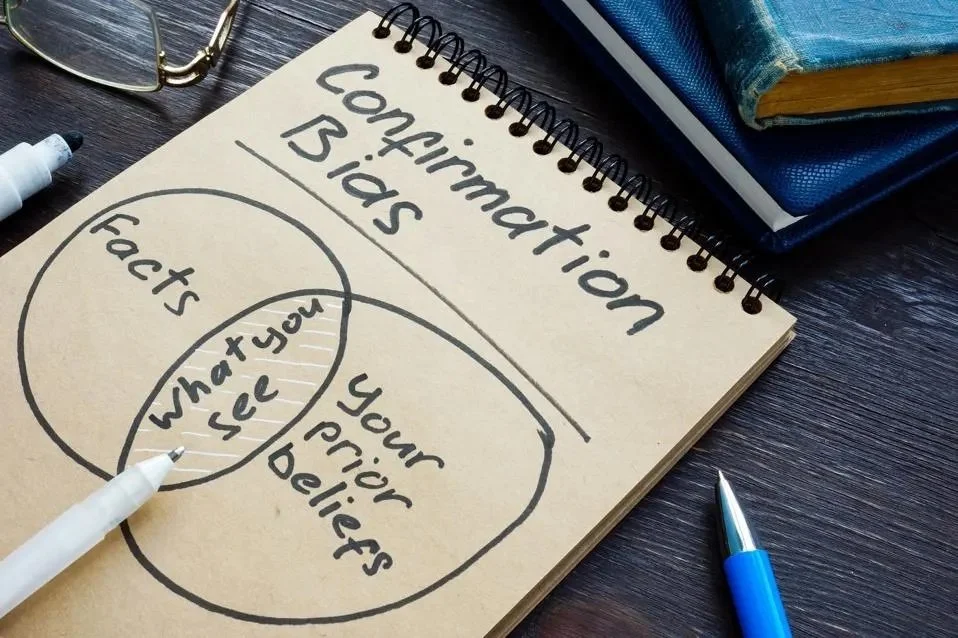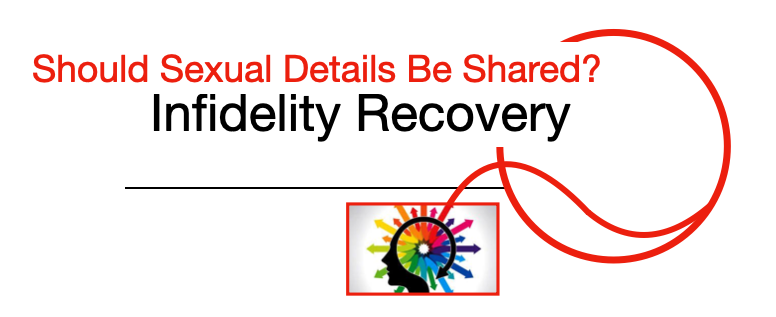In a family and in a committed relationship a major complaint is that the spouse or family member starts talking about something while the other is either doing something or their mind is occupied with something else. This can quickly lead to arguments such as “you don’t care about me,” “you never want to talk with me,” “you don’t listen to me, why do I have to repeat myself?” and so on.
One way to transform this into a more satisfying exchange, which sounds simple but requires practice and agreement, is to ask before you share: Is this a good time to talk?
John Gottman, a leading researcher in relationship dynamics, developed the concept of "rituals of connection" as a way for couples to strengthen their bond and foster emotional intimacy. These rituals are regular, meaningful interactions that create a sense of closeness, stability, and predictability in a relationship. They can be small daily actions or larger, planned traditions reinforcing the family and couple’s understanding of "us."
Core Features of Rituals of Connection
Consistency: They occur regularly, becoming a part of the couple's routine.
Intentionality: They are created to enhance connection.
Symbolism: They often carry personal meaning and emotional significance for the couple.
Mutual Enjoyment: Both partners find these rituals meaningful and enjoyable.
By agreeing to ask first, “Is this a good time to talk?” or “Is this a good time to talk about …….?”, it becomes an intentional moment to make sure the listener is in a state of mind to listen.
In these days of busy screen time and focused work, both busy and around the house, if you start talking toward your family member or spouse, most likely, they will say, “What?” Why? Because 100% of the time, their attention is preoccupied with something. Therefore, if you start talking, they can’t listen. If you ask, “Is this a good time to talk.” They can take a beat, a breath, and turn toward you and respond with, “Yes, what is up.”
Or, if it is NOT A GOOD TIME, they can respond, “Not right now; I am in the middle of something. Can I get back to you in an hour?” If not now, you can be more satisfied with the interaction later.
However, if the answer is “no,” and that person doesn’t circle back within 24 hours and say, “What’s up?” and engage, it will make things worse because, without the circle back, your partner assumes you don’t care enough to both keep your word and don’t care about what they have to say.
When the circle back becomes a relationship priority, emotional trust gets stronger with the message: you are my priority. Then, when you do sometimes forget, there is a reserve of forgiveness to draw from and then you complete the circle back. Progress, not perfection.
The key is the “circle back.”
This ritual of connection builds trust that you care about what your partner thinks, feels, and what they have to say. It sends a loving message that you care enough to ensure you have sufficient attention to be present in the conversation and that you thought enough of them to REMEMBER.
You don’t have to be trapped in conversations that you are NOT in a frame of mind to have. You can give each other the gift of CHOICE of WHEN and WHERE. Then, when you talk about the WHAT, you feel connected, closer and emotionally safe.
Summary:
Why Rituals of Connection Matter
They build trust and predictability, showing that the relationship is a priority.
They create shared meaning, enhancing the sense of being a team.
They help the family and couples weather difficult times by providing a steady source of comfort and bonding.
When families and couples consciously create and honor these rituals, they deepen their emotional intimacy and keep their relationships resilient and connected.

































